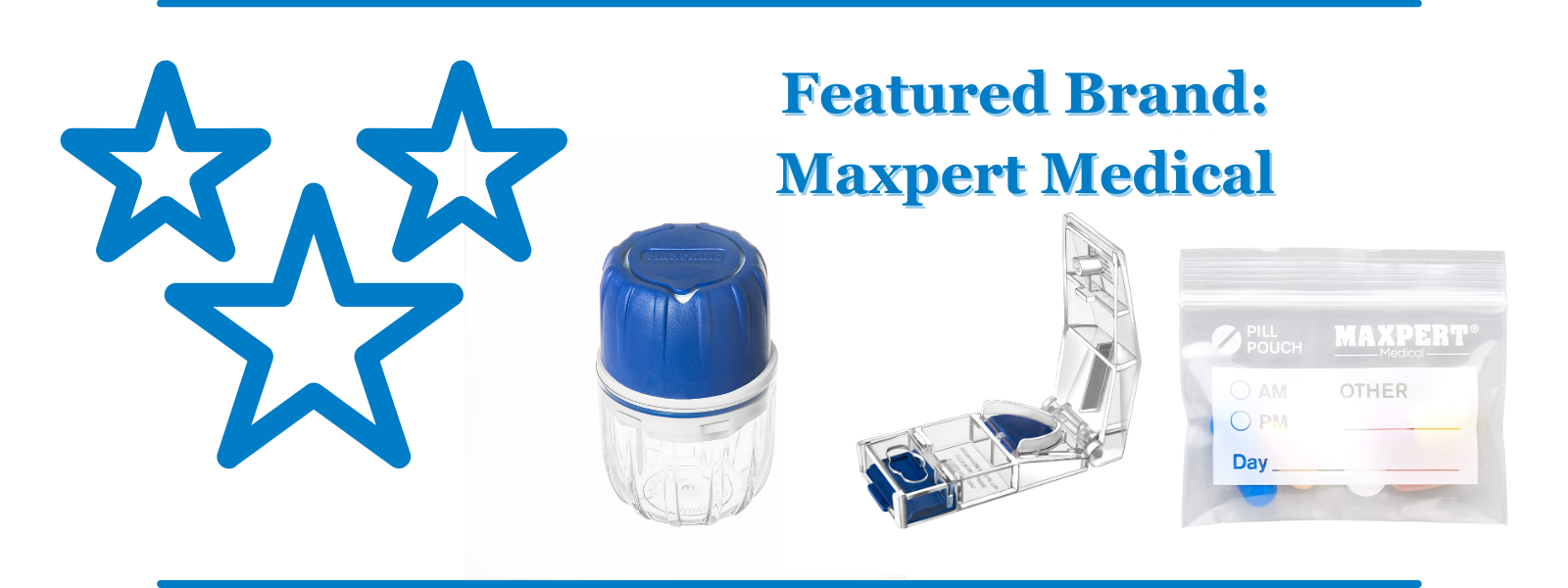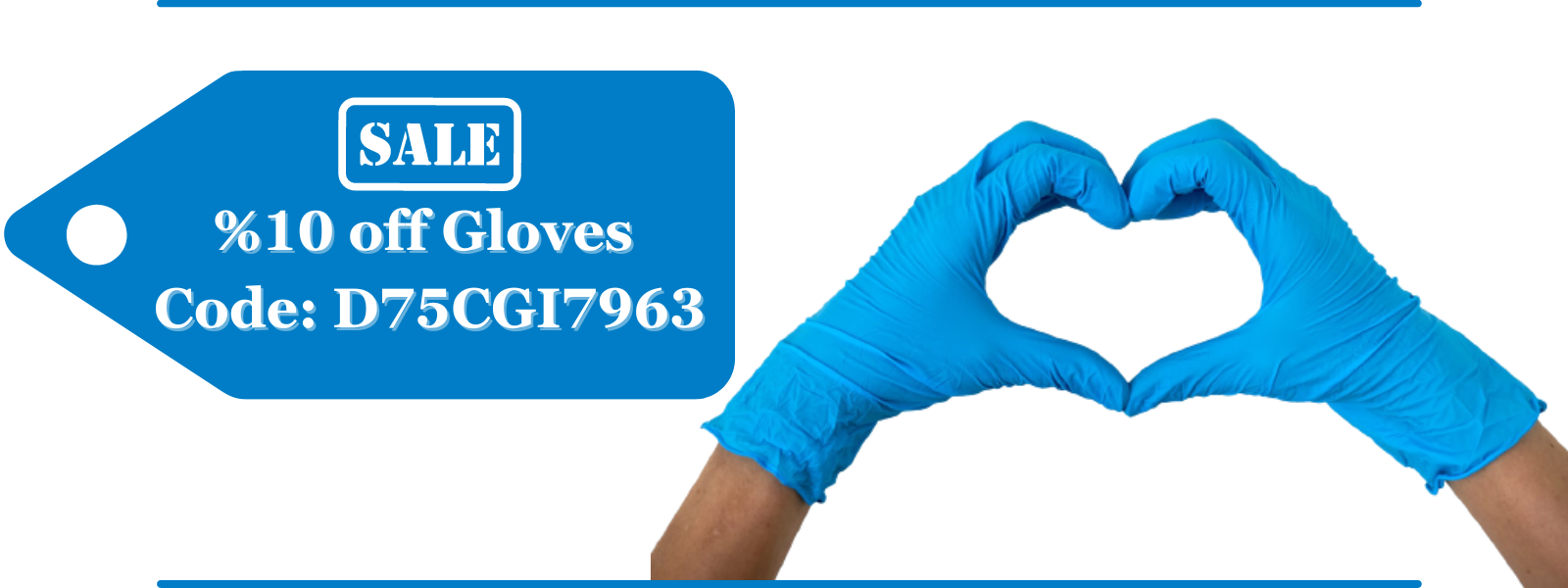In the realm of caregiving and healthcare, ensuring patient safety and comfort during transfers is paramount. Enter the humble yet indispensable tool: the gait belt. At EasyCare, we recognize the pivotal role gait belts play in facilitating safe and efficient transfers for individuals in need of assistance. In this comprehensive guide, we delve into everything you need to know about gait belts, their usage, benefits, and best practices for caregivers.
Understanding the Gait Belt: A Primer
A gait belt, also referred to as a transfer belt, is a simple yet invaluable device designed to assist caregivers in safely transferring individuals who may have difficulty walking or require support during movement. Typically made of durable materials like nylon or cotton, gait belts feature secure buckles and adjustable straps for a snug fit around the patient's waist.
Unlocking the Benefits of Gait Belts
- Enhanced Safety: Gait belts serve as a safety harness, providing stability and support to patients and caregivers alike during transfers, reducing the risk of falls and injuries.
- Promoting Mobility: By offering a reliable means of support, gait belts empower individuals to maintain mobility and independence while minimizing the need for physical assistance.
- Versatility in Application: From assisting with transfers between beds, chairs, and toilets to aiding in ambulation exercises, gait belts find utility across various healthcare settings, including hospitals, nursing homes, and home care environments.
Mastering the Art of Gait Belt Usage
While gait belts are invaluable tools, their efficacy relies heavily on proper usage and technique. Here's a step-by-step guide to mastering the art of gait belt application:
- Assess Patient Readiness: Before utilizing a gait belt, assess the patient's physical condition and readiness for transfer, ensuring they are comfortable and cooperative.
- Proper Positioning: Position the gait belt around the patient's waist, ensuring a snug yet non-restrictive fit.
- Secure Fastening: Fasten the buckle securely, ensuring it is properly locked in place to prevent slippage or loosening during transfers.
- Communication is Key: Maintain open communication with the patient throughout the transfer process, explaining each step and ensuring they feel supported and informed.
- Gentle Guidance: As the caregiver, use the gait belt to provide gentle guidance and support during transfers, avoiding sudden movements or jerks that may cause discomfort or instability.
When to Exercise Caution
While gait belts are invaluable assets, it's essential to exercise caution and discernment in their usage. Avoid utilizing gait belts with patients who have delicate skin, abdominal wounds, or those who may exhibit signs of agitation or resistance during transfers.
Conclusion: Empowering Caregivers, Enhancing Lives
At EasyCare, we understand the pivotal role gait belts play in promoting patient safety, independence, and mobility. With proper education, training, and adherence to best practices, caregivers can harness the full potential of gait belts to ensure optimal outcomes for their patients. Join us in our mission to empower caregivers and enhance the lives of those we serve – one safe transfer at a time.
There is different types to choose from also from a quick click plastic buckle or a industry standard metal buckle.


